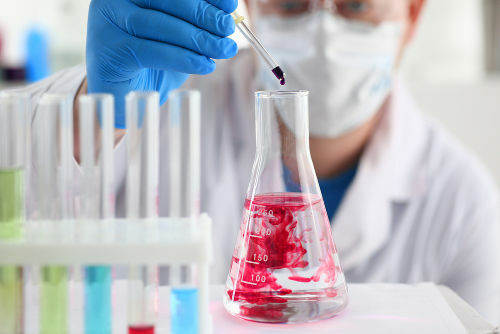Cells and batteries are devices studied in Electrochemistry that transform chemical energy into electrical energy. Within these devices, oxidation-reduction reactions occur, in which electrons are transferred, thus producing an electric current.
The difference between cells and batteries lies in the fact that cells, also called electrochemical cells, are formed by two electrodes (positive (cathode) and negative (anode)) where the reduction and oxidation half-reactions occur respectively, in addition to an electrolyte, which is an ion-conducting solution.
The batteries are made up of several cells connected in series or in parallel. Thanks to this, batteries produce a much stronger electrical current than batteries.
Do not stop now... There's more after the advertising ;)
In addition, cells and batteries can be divided into primary (non-rechargeable) and secondary (rechargeable).
See how these devices, so common in our daily lives, were invented, how they work and which are indicated for each equipment, reading the texts in this section.
* Editorial image credit: Huguette Roe/ shutterstock.com
By Jennifer Fogaça
Graduated in Chemistry


